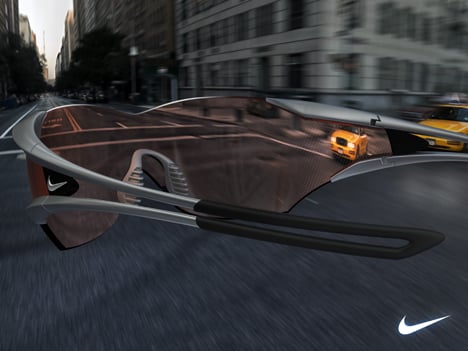In New York in September, Google and T-Mobile will unveil the long-awaited Google Phone. The device, made by the Taiwanese cell-phone company HTC, is expected to have a large touch screen, a QWERTY keypad, and a 3.1-megapixel camera, among other features. More significant than the gadget itself, however, is the software that it contains: a cell-phone operating system developed by Google called
Android.
Google released a software development kit for Android in November 2007, at the same time founding the Open Handset Alliance--a consortium of hardware, software, and telecommunications companies charged with producing open standards for mobile gadgets. In developing Android, Google's goal has been simple: to
revolutionize the mobile phone as we know it.
For programmers, Android is a big deal. Other cell-phone operating systems, such as Windows Mobile and Symbian, are notoriously tricky to write programs for and sometimes limit access to the underlying hardware, such as the camera or GPS chip. In contrast, Android has been designed to make it simple to build applications, and it gives programmers free rein over a phone's hardware.
Just ask Jasper Lin, who codeveloped an application that recently won $275,000 in a Google-backed Android competition. Lin's team, called Locale, wrote software that automatically changes a phone's settings, such as its ring volume, depending on the time of day, the user's location, and the events in her calendar. "Android is a really great platform from a developer's perspective," says Lin. "I've developed for Symbian, and that was quite arduous at times."
Although Android is not completely open source (the entire source code is expected to be released later this year), Lin says that it already gives developers much greater access to hardware than other devices do.
But for the average cell-phone user, the significance of Google's first phone may depend more on whether HTC's device is slicker and more desirable than other smart phones out there. Jack Gold, founding analyst of Jack Gold Associates, believes that the first Android phones will inevitably be compared to the iPhone and that they may fail to measure up. "All indications right now are that [the HTC device] is not another iPhone and that it's not going to take the market by storm," he says.
And first impressions will be vital, he believes. "If the first set of devices are not hits, will there be a second set? Mobile vendors and manufactures are not all that healthy. Most aren't making a whole lot of money."
Over the long term, however, the success of Android will also depend on the quality of its applications. And with a project as widely distributed as Android, the question of quality control--making sure that third-party applications work well and aren't malicious--arises. The iPhone App Store solves this problem by vetting each application as it comes in. Android's model, however, is more of a free-for-all, says Lin.
People who download Android applications will be able to try them out on their phone and then vote--on whether or not they work well or drain the phone's battery, for instance. "You give [users] the power, and the apps that don't work will be voted down," Lin says. This is an incentive for him to write Locale in a way that makes it extremely power efficient.
But whether this approach also translates into better applications remains to be seen, and this could be all-important. "It's not about what's powering the device," says Gold. "It's about what the device can empower a consumer to do."
http://www.youtube.com/watch?v=MSCOGxh5LEk





 Do you remember the video I
Do you remember the video I 








